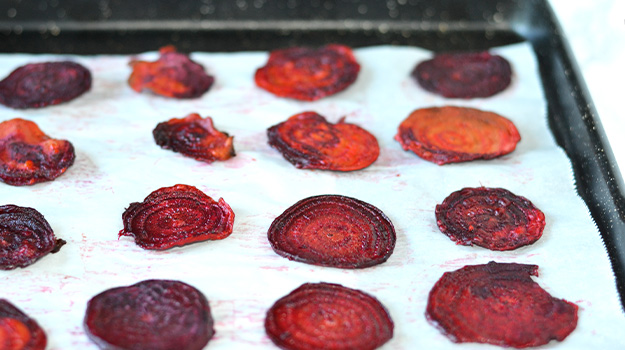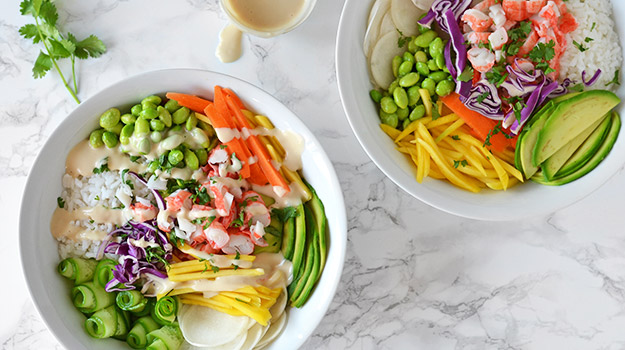
There are times of the year when we care more about how good some foods taste than about their nutritional value. With the Holidays coming, many of us will be baking shortbread or gingerbread cookies.
This year, instead of buying food colours, why not make your own with fruits and vegetables from your garden.
SHORTBREAD COOKIES RECIPE
Servings: 24
Preparation time: 15 minutes
Cooking time: 10-15 minutes per baking tray
INGREDIENTS
- 250 ml (1 cup) of softened, unsalted butter
- 125 ml (½ cup) of sugar
- 1 egg
- 5 ml (1 teaspoon) of vanilla extract
- 2 ml (½ teaspoon) of salt
- 500 ml (2 cups) of all purpose flour
PREPARATION
- In a large bowl, beat the butter and sugar with a stand mixer or electric hand mixer. Add the egg, vanilla extract and salt, and blend until the mix is homogeneous.
- Add the flour with a dough hook or wooden spoon. Make two flat dough balls, cover both with a moist cloth and refrigerate for about 30 minutes.
In the meantime, prepare the icing to decorate your cookies.
- Pre-heat the oven to 350 °F, with the grid in the centre.
- Cover two baking trays with silicone pastry mats (or parchment paper).
- On a lightly floured counter, flatten one dough ball using a rolling-pin and make a disc ½ cm in thickness. Add flour if necessary. Use a cookie cutter of your choice. Keep the trimmings in a bowl in the refrigerator. They can be reused to make a new ball.
- Once the tray is filled, bake the cookies for about 10 minutes, or until the edges start to brown. If needed, continue baking but keep a close watch.
Now, let's decorate the cookies with naturally coloured icing.
Note:
Once cooked (and decorated, if desired), put your cookies in an airtight container at room temperature. They will keep for about three weeks.
DECORATIVE ICING RECIPES
Beet red
- 1 cup of icing sugar
- 15 ml (1 tablespoon) of beet powder
- 15 ml (1 tablespoon) of water
- 5 ml (1 teaspoon) of vanilla extract or almond essence
Preparation: in a small bowl, mix all ingredients softly with a spoon.
How to make beet powder
- Pre-heat the oven to 275 °F, in convection mode, or use a dehydrator.
- Grate two large peeled beets and spread in a baking tray. Leave to dry in the oven for about an hour.
- When they're completely dehydrated, let cool and make powder using a coffee grinder.
- Use the powder to colour your icing.
Turmeric yellow
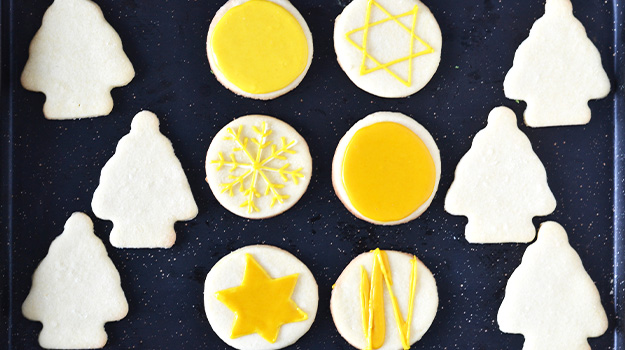
- 1 cup of icing sugar
- 5 ml (1 teaspoon) of turmeric powder
- 15 ml (1 tablespoon) of water
- 5 ml (1 teaspoon) of vanilla extract or almond essence
Preparation: in a small bowl, mix all ingredients softly with a spoon.
If wanted, it's also possible to use golden beets and make powder using the same technique as for red beets.
Spinach green
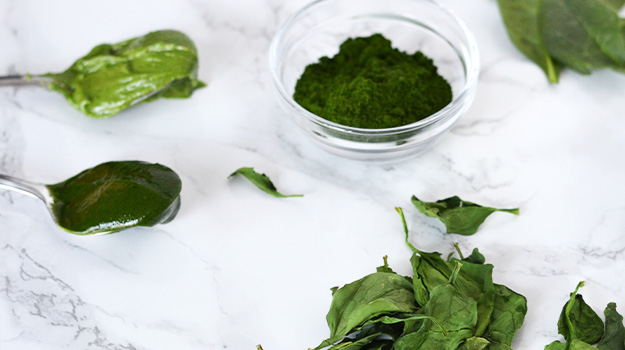
- 1 cup of icing sugar
- 15 ml (1 tablespoon) of spinach powder
- 15 ml (1 tablespoon) of water
- 5 ml (1 teaspoon) of vanilla extract or almond essence
Preparation: in a small bowl, mix all ingredients softly with a spoon.
How to make spinach powder
- Pre-heat the oven to 275 °F, in convection mode, or use a dehydrator.
- Spread 4 cups of baby spinach in a baking tray. If your beet tops are still useable, use them instead to reduce waste.
- Leave to dry for 30-45 minutes. Bake longer if needed.
- When the leaves are completely dehydrated, let cool and make powder using a coffee grinder.
- Use the powder to colour your icing.
Blueberry blue
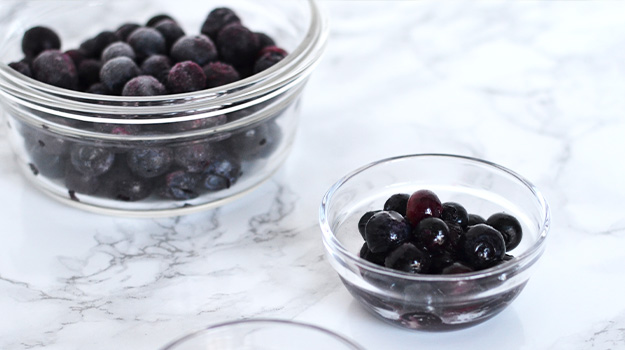
- 1 cup of icing sugar
- 15 ml (1 tablespoon) of juice from thawed blueberries
- 5 ml (1 teaspoon) of vanilla extract or almond essence
Preparation: in a small bowl, mix all ingredients softly with a spoon.
How to get a deeper, richer colour
- Make sure to thaw the blueberries in advance in the refrigerator.
- Use the juice to colour your icing.
- To get a deeper, richer colour, boil the juice down over medium heat.
Note:
The colour and intensity may vary depending on the variety.
TIPS FOR NATURALLY COLOURED ICING
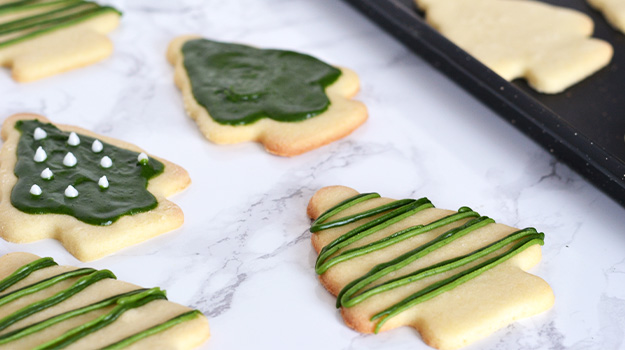
- Do not use any liquid containing fat in your icing, such as milk or melted butter; it wouldn't solidify on the cookies.
- Make just the quantity of icing you need to decorate, and remember that icing that is too liquid will not solidify either.
After having tried various techniques, those we propose here have proven to be the most effective to obtain rich, natural food colours. Other techniques are available, but actual results may vary greatly from expected results. For instance, using beet juice will give a bright pink colour. Only dried beet powder will yield a red that intense.

